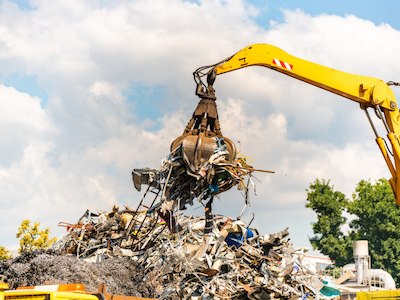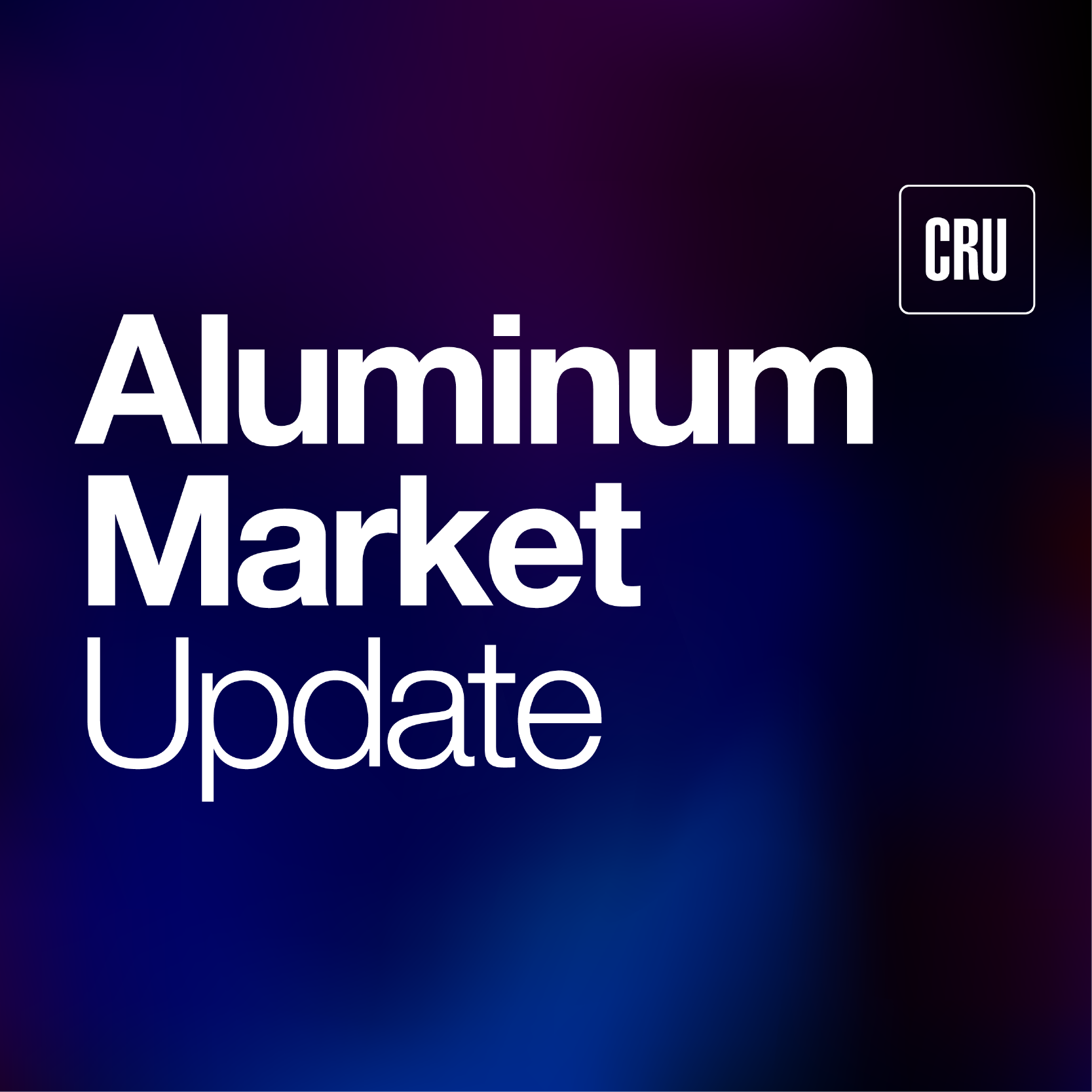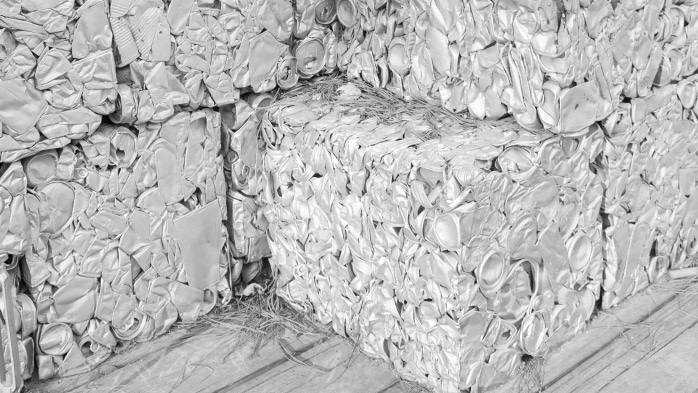Aluminum Scrap Markets

January 17, 2025
The pulse beat - WYKYK
Written by Gabriella Vagnini
- Tariff risk to scrap and semi-finished products: If tariffs on aluminum imports, especially from Canada, go up, it could drive scrap prices higher. U.S. fabricators and rolling mills that rely on these imports will feel the pinch, pushing their costs up and possibly squeezing margins.
- Supply chain volatility: Global supply chain shifts, like China removing VAT rebates on semi-finished aluminum, could make it harder to get your hands on material. This could drive prices up, especially for semi-finished products, affecting distributors and service centers looking for steady supplies.
- Increased aluminum demand from automotive: With China’s electric vehicle market booming (NEV sales up 34%), demand for aluminum in automotive applications is rising. This could make it harder to secure scrap for rolling mills and extruders in the U.S., which could push scrap prices higher.
- Global energy push could drive demand: China’s $89 billion investment in power grid infrastructure could lead to a rise in aluminum demand globally. While this isn’t directly related to U.S. scrap, expect more competition for raw materials as demand ramps up for aluminum used in power infrastructure, which could affect pricing and availability for local markets.
- Downstream stability but be ready for price movements: The LME is witnessing a backwardation in the aluminum Mar-Apr spread, last at 9.68b. Steaming from fear of the ongoing tariff discussions, global supply chain issues, and rising demand in areas like auto and energy, there’s a risk of price hikes.
- Scrap prices feeling the pressure: Aluminum scrap prices, like UBCs are feeling the pinch as sources says that they’ve seen UBCs being bought as high as 83%. But with supply chains tight, especially with rising demand in other areas like auto, expect the pressure to stay above 80% in the coming months.
- New recycling initiatives: There are some new players in the recycling game, like Hydrovolt and Iberfoil, ramping up their efforts. Hydrovolt’s doing a lot in battery recycling, while Iberfoil’s expanding its aluminum foil production. This could affect how much scrap gets processed and where it’s going. If these companies succeed in their initiatives, they might start pulling more scrap out of the market, which could put some additional pressure on prices for rolling mills and fabricators. Will keep you updated on their progress and estimated launch dates.
- US aluminum plant expansion: Arconic is expanding its aluminum sheet rolling capacity, especially in the U.S. They’re increasing production in response to rising demand from the auto and aerospace industries. This could mean more competition for aluminum supply, affecting mills that use scrap or semi-finished materials. If demand rises, you could see price increases at service centers, especially in high-demand areas like the Mid-West.
- Changes in the scrap export market: Some countries, including India and Mexico, are starting to tighten their import restrictions on scrap aluminum. As these markets adjust, it could lead to more scrap staying in the U.S. market, making it more accessible for domestic mills and extruders. However, this could also drive-up prices as more companies fight for access to that scrap supply.
- Facility shutdowns or consolidations: A couple of aluminum plants in the U.S. have announced closures or slowdowns due to high energy costs and competition from cheaper overseas aluminum. While this might create a short-term dip in supply, it could also drive more scrap and secondary aluminum demand, especially from mills and fabricators who need to keep production going despite fewer primary aluminum sources.
- Rising aluminum demand in the EV market: Beyond China’s NEV boom, the rise of electric vehicles (EVs) in North America is another big factor. Companies like Tesla and Rivian are pushing more demand for lightweight aluminum, especially for EV parts. This could ramp up competition for available scrap aluminum, which in turn could affect secondary aluminum prices.
- Local initiatives: The state of Michigan itself is seeing more green initiatives pushing for aluminum recycling and sustainable production. With the state’s focus on clean energy and industrial sustainability, expect to see some new investments in local recycling facilities or new policies that could make it easier for fabricators and mills to source cleaner, recycled aluminum at a lower cost.
- Financials: Novelis released their financial update Q3 2025. They show a $25 million hit from Sierre flooding but already started to ramp back into normal production capacity. We will keep you updated on this. Brimstone is developing what they call a “deeply decarbonized” process to produce smelter-grade alumina in the U.S. Aiming to reduce the dependency on bauxite. The U.S. imports around 5 million metric tons of bauxite annually, while it only produces a mere 200,000 metric tons annually.







